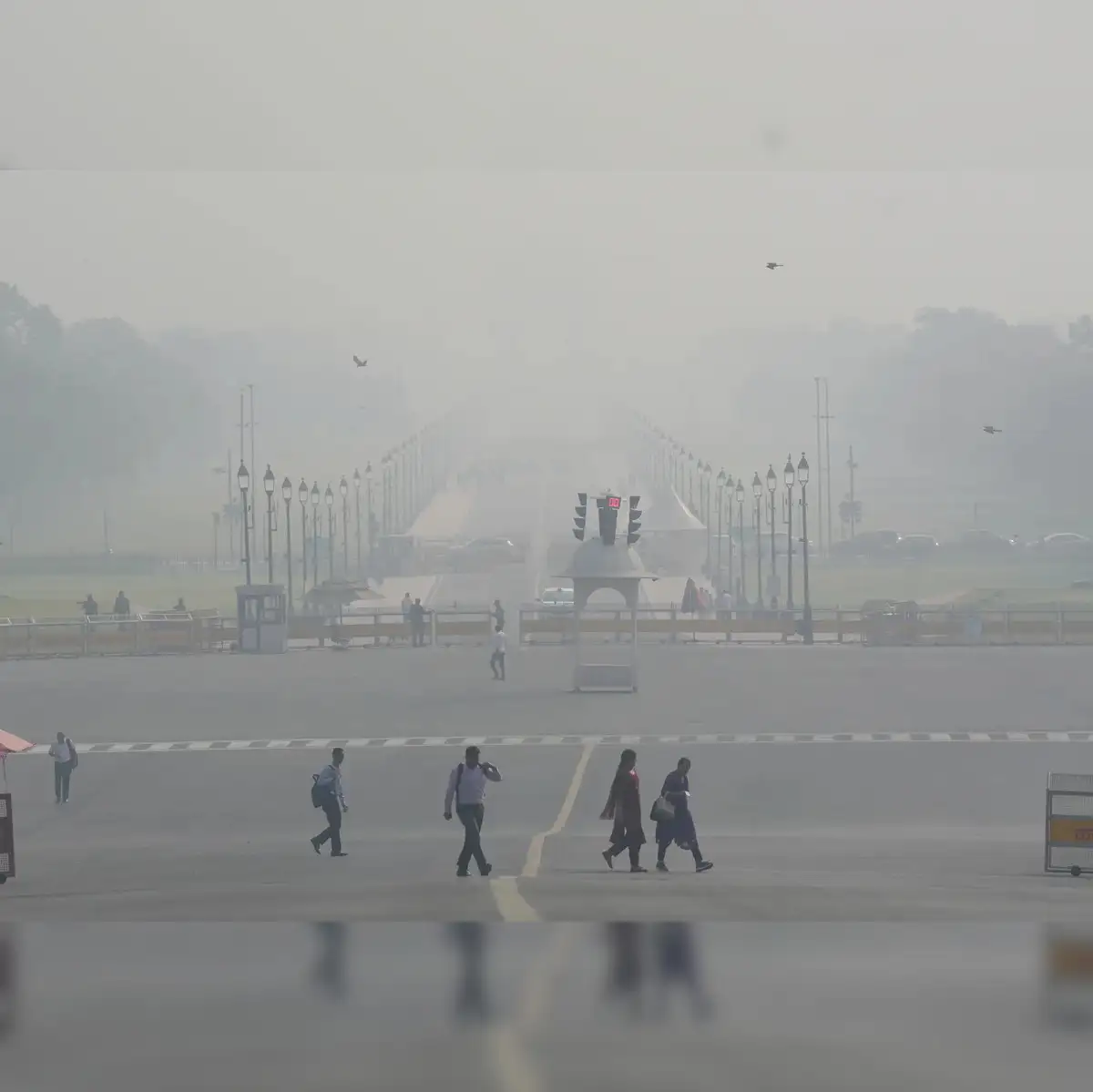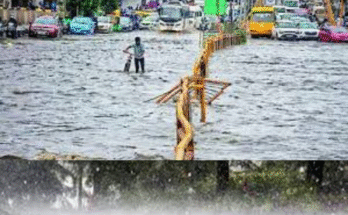Cloud Seeding in Delhi: A Modern Approach to Combat Air Pollution and Drought:
In recent years, Delhi has become infamous for its severe air pollution, especially during the winter months when smog blankets the city. The toxic mix of vehicle emissions, industrial smoke, stubble burning, and dust creates a health emergency for millions of residents. As pollution levels rise, the government and scientists have explored innovative solutions to improve air quality. One such technique gaining attention is cloud seeding—a weather modification process designed to induce rainfall artificially. The idea of using cloud seeding in Delhi has been discussed multiple times as a temporary measure to reduce pollution and provide relief from toxic smog.
What Is Cloud Seeding?
Cloud seeding is a scientific process that enhances precipitation by introducing specific chemicals into clouds to stimulate rainfall. These chemicals—usually silver iodide, potassium iodide, or sodium chloride—act as cloud condensation nuclei. When these particles are dispersed into the atmosphere through aircraft or rockets, they attract water vapour, leading to the formation of larger water droplets. Eventually, these droplets combine and fall as rain.
Cloud seeding is not a new concept. The technology was first developed in the 1940s by American scientists Vincent Schaefer and Irving Langmuir. Since then, many countries, including the United States, China, and the United Arab Emirates, have used it for various purposes, such as increasing rainfall, mitigating drought, and clearing smog. In India, states like Maharashtra and Karnataka have experimented with cloud seeding to improve rainfall during dry seasons.

Why Cloud Seeding in Delhi?
Delhi’s air quality often deteriorates to dangerous levels during October and November. The primary causes are stubble burning in neighbouring states like Punjab and Haryana, combined with stagnant wind conditions and vehicular pollution. The smog becomes so dense that visibility decreases drastically, and schools and offices are often forced to shut down. Air Quality Index (AQI) levels frequently cross 400 or even 500, which falls under the “Severe” category, posing serious health risks to residents.
The Science Behind Cloud Seeding:
For cloud seeding to be successful, certain meteorological conditions must be met. There must already be moisture-laden clouds in the atmosphere. Cloud seeding cannot create clouds; it can only enhance the rain potential of existing ones. The process works best when humidity levels are high, and temperatures in the cloud layer are suitable for condensation.
Aircraft equipped with cloud seeding instruments fly into or above the clouds and release silver iodide particles. These particles mimic ice crystals and help water droplets coalesce. The heavier droplets then fall as rain. Sometimes, ground-based generators or rockets are also used to disperse the particles into the clouds.

Benefits of Cloud Seeding in Delhi:
1. Reduction in Air Pollution:
The most immediate benefit of cloud seeding in Delhi would be the reduction of particulate matter in the air. Artificial rain can help wash away pollutants like PM2.5 and PM10, which are the most harmful components of smog. Even a few hours of rainfall can lead to a significant improvement in AQI levels.
2. Temporary Relief from Smog:
While cloud seeding cannot provide a long-term solution, it can offer temporary relief during peak pollution periods. The induced rainfall can help clear the atmosphere, improving visibility and reducing respiratory problems among citizens.
3. Improved Groundwater Recharge:
Apart from cleaning the air, the additional rainfall could contribute to groundwater recharge, which is vital for a city like Delhi that faces water scarcity. The rain can help replenish reservoirs and improve soil moisture.
4. Boost to Agriculture:
If cloud seeding is conducted during the right season, it could benefit farmers in surrounding regions by increasing rainfall for crops, especially in areas that experience erratic monsoons.
Challenges and Limitations:
Despite its potential, cloud seeding comes with several scientific and logistical challenges. Firstly, the process depends entirely on the presence of suitable clouds. During periods of dry weather, seeding is ineffective. Secondly, the results are not guaranteed—there is no absolute certainty that seeding will lead to measurable rainfall.
Another concern is the environmental impact of the chemicals used in the process. Although silver iodide is considered relatively safe in small quantities, large-scale use raises questions about long-term soil and water contamination.
Moreover, cloud seeding is an expensive process. It requires specialized aircraft, trained pilots, and coordination between meteorologists and government agencies. Implementing it in a densely populated and complex airspace like Delhi also involves significant safety and regulatory considerations.
For More Information:
Government and Scientific Efforts:
The Delhi government, in collaboration with IIT Kanpur and IMD, has been working on plans to conduct experimental cloud seeding operations. The Union Ministry of Environment and Civil Aviation authorities have been reviewing proposals and granting permissions for flights. However, due to unfavourable weather conditions or lack of cloud formation, the actual implementation has often been postponed.
In 2023, discussions were renewed when Delhi recorded some of its worst air quality levels in years. The National Green Tribunal (NGT) also supported the exploration of cloud seeding as an emergency pollution control measure. Scientists emphasized that even a single round of artificial rain could help reduce pollution levels significantly for a few days.
Future Prospects:
Cloud seeding in Delhi represents an innovative but temporary solution to an ongoing environmental crisis. In the future, India may adopt more advanced techniques such as ionization technology or drone-based seeding systems, which can be more efficient and cost-effective.
However, experts stress that while cloud seeding can provide short-term relief, long-term pollution control requires structural changes—such as promoting cleaner energy, reducing vehicular emissions, banning stubble burning, and improving urban planning.

Conclusion:
The idea of cloud seeding in Delhi showcases humanity’s growing ability to manipulate natural processes for environmental benefit. While it may not be a permanent fix, it can serve as a valuable emergency tool to combat severe pollution and provide temporary relief to millions of residents. For a city struggling with chronic air quality issues, such scientific interventions—if executed responsibly—could mark a significant step toward a cleaner and healthier future.



